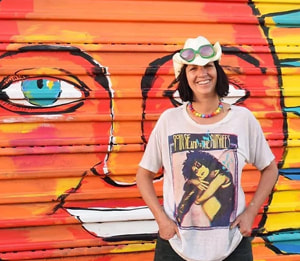 Gretchen Baer
Gretchen Baer Art comes first for me. I enjoy inspiring others to be creative too. I prefer positive action rather than protest whenever possible. For example, I am currently painting the Mexican side of the U.S. border wall with kids across the border. This is the second border wall I’m painting. What I love about it is that it sends a clear message in a way that transcends fighting and protesting. I can’t personally tear down the border wall, but I can help change minds.
I grew up on Martha’s Vineyard, a small island and home to many artists. After graduating art school in the mid 80’s, I spent a year in Guatemala. I loved its color and simple way of life. Things were getting increasingly scary there with war, so when I saw Bisbee, passing through on my way back east, it reminded me of Guatemala…a mountain village with simple houses and artistic people. It also felt very familiar to me because I grew up in a small creative community. After another winter in Guatemala, and the situation there getting worse, I decided to move to Bisbee in 1988. With the exception of a few years at sea, I’ve lived in Bisbee ever since. My favorite view to paint is right out my studio window at Central School Project. Downtown with B mountain.
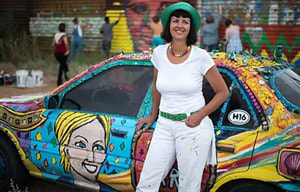
Tell us about your painted art cars and the activism associated with them.
I was first introduced to art cars in the early 90’s in Bisbee by my friend Kate Pearson. She had just seen Harrod Blank’s film “Wild Wheels” and had met Harrod. She got inspired and made her own and I soon followed. My first car was called “The Funk Ambulance,” which was an Oldsmobile 98 painted with lions, a big sound system, and disco lights.
In 1995 I moved on to painting a boat, and then a home built sailing raft my partner at the time and I built out of scrap lumber, logs and foam. We fashioned it into a painted dragon. We lived and sailed on it in the North-East for two years. It was hard living on the ocean so in 1999, I moved back to Bisbee.
It wasn’t until 2008, when Hillary Clinton announced her candidacy, that art cars became a vehicle for activism for me. I wasn’t a political person at that point, but I had been a big fan of Hillary for years and vowed if she ever ran for President I’d do everything in my power to help get her elected. I immediately set to work and created my group “The Hillary Clinton Army.” The point of the group was to support Hillary using art. I painted my car with Hillary images, glued items such as toys, marbles and anything that caught my eye, and hit the campaign trail. The Hillcar was a hit and soon became part of Hillary’s entourage, traveling from town to town all over the country. I joined Hillary’s campaign again in 2016, and the Hillcar traveled to many states once again!
I am against the U.S./Mexican border wall, but rather than protest it directly, I chose to paint it with kids. I spent 6 years as “The Border Bedazzlers” painting the south side of the border wall with Mexican kids. We painted a full mile of border wall in Naco, Sonora. We turned something ugly into a giant canvas for art. Our painted border wall got torn down in 2016, shortly after Trump was elected. It was replaced with a metal slotted fence. I didn’t want to paint that fence, and always thought I’d like to start a kids’ free art center if I had a space to do so. I called an 80 year old border activist named Tom Carlson, and met him for coffee. The next day he gave me the keys to the old migrant center that hadn’t been used in a few years. I opened Studio Mariposa on Trump’s inauguration day as my own small protest.
Studio Mariposa is an amazing project. Really amazing. I could ask a gazillion questions. Instead, please tell us what you’d really like for us to know about Studio Mariposa.
Studio Mariposa is a kids’ free art center located just across the border in Naco, Sonora. We are on our 6th year. Before the pandemic we had a weekly art day that around 100 kids attended. We offered all kinds of projects, from painting, clay, textiles, 3-dimensional art, and even our own kids’ band. During the pandemic we had to stop in-person events so we gave away free art supply bags for kids to make art at home. Around 400 kids picked up bags each week, and the art they made was astounding! A lot of kids really found their artistic voice at this time. Now we offer free outdoor classes and projects. We have a weekly outdoor painting class. We also paint murals around town, and as I already said, we have started painting border wall number 2.
We are made possible by donations, so please consider donating. Details are on our website, https://www.studiomariposa.org
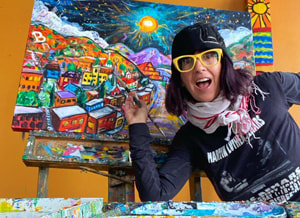 Art teacher Gretchen
Art teacher Gretchen Do you have any interesting plans for your future?
I guess my biggest plan—or hope I should say—is to help put Naco, Sonora on the map as an art destination. There are so many fantastic young artists there and some great adult artists too. I totally believe in these kids’ power to transform the world. So come visit us sometime, meet some of these talented kids, and help us paint the border wall. I think you will see what I see. There are so many exciting possibilities for the future here!
See Gretchen Baer’s art here: https://www.gretchenbaer.com/
And Studio Mariposa here: https://www.studiomariposa.org Be sure to watch the video
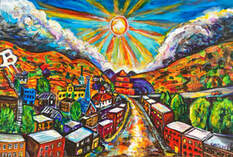
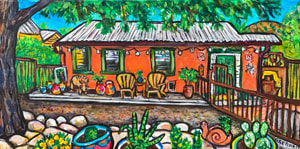
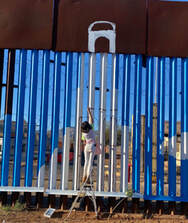
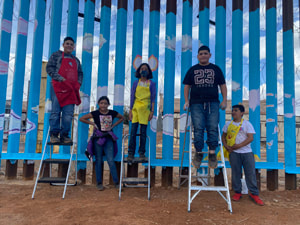
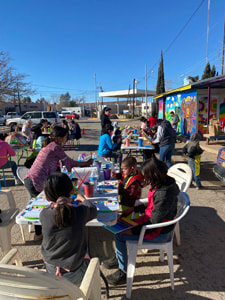
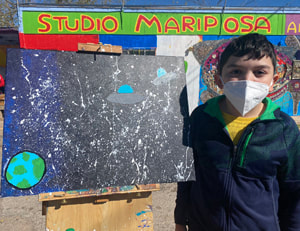
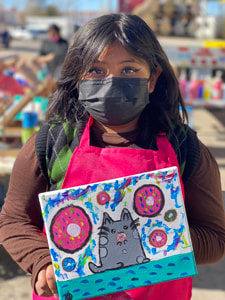
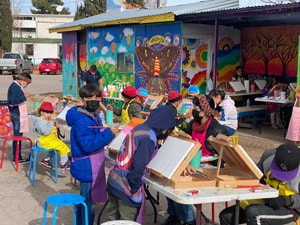
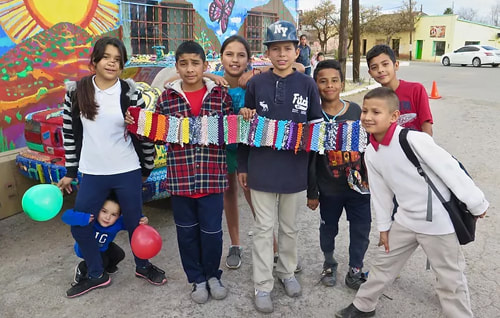
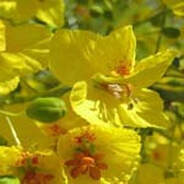
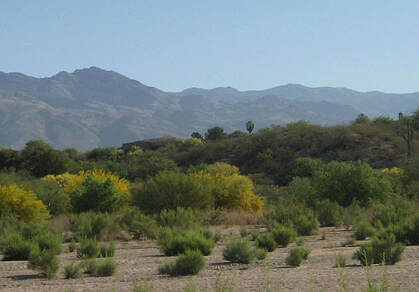




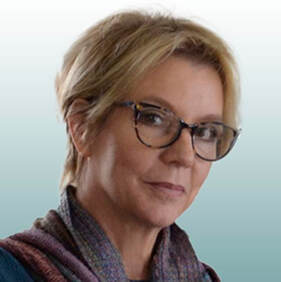
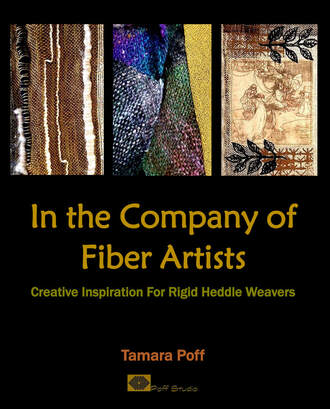
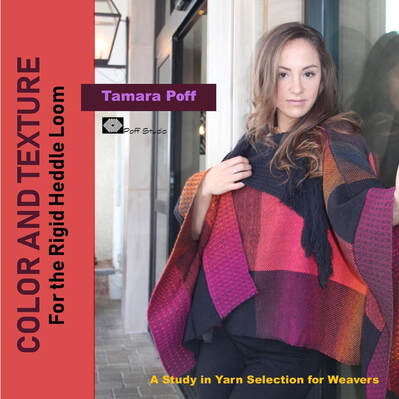
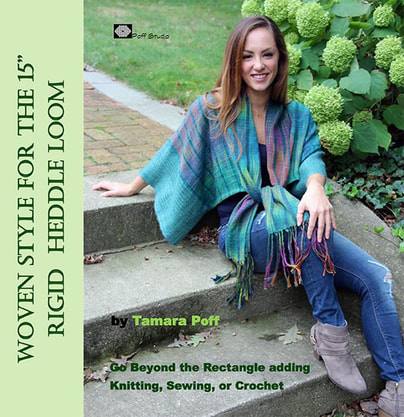
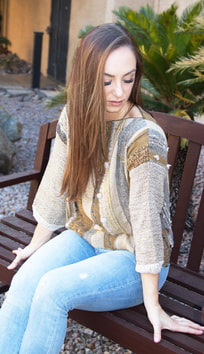
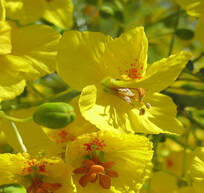
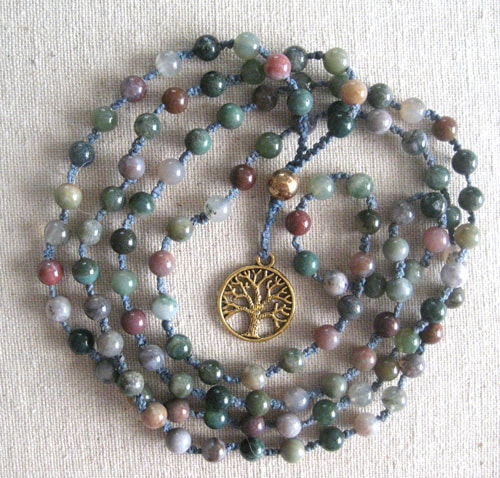
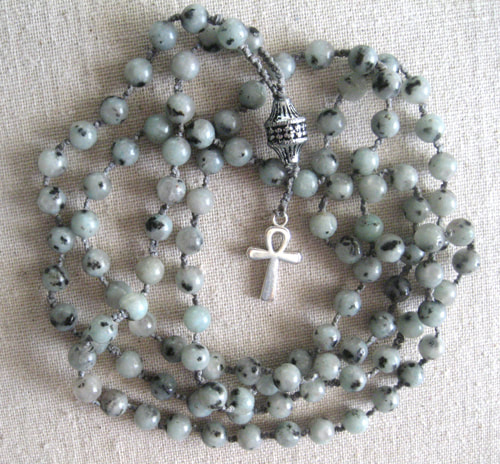
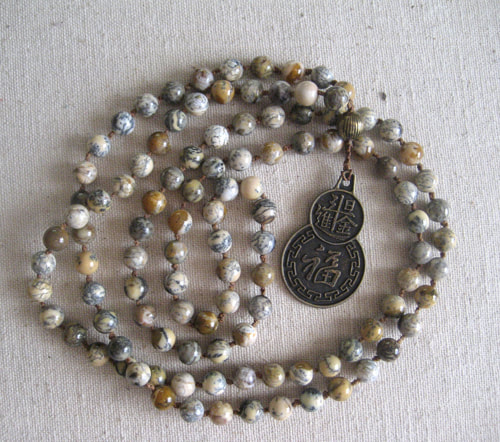
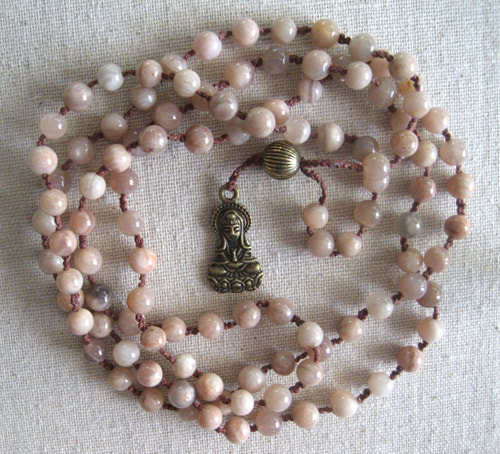
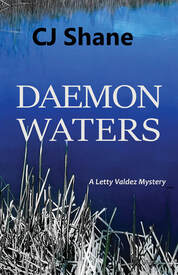
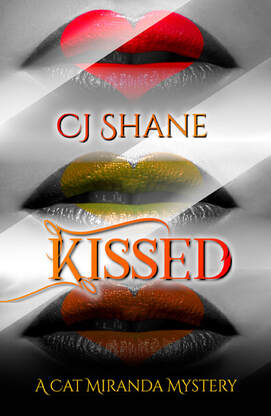
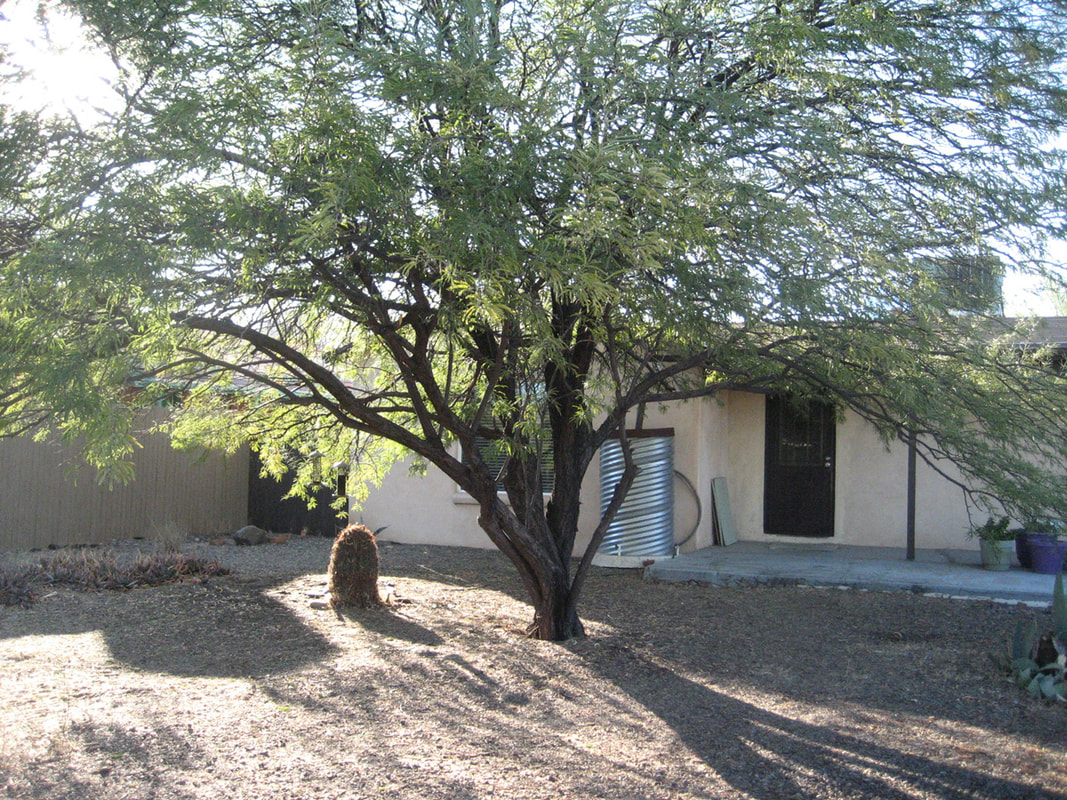

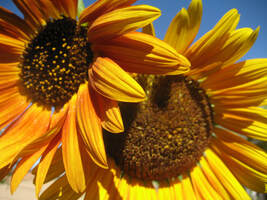
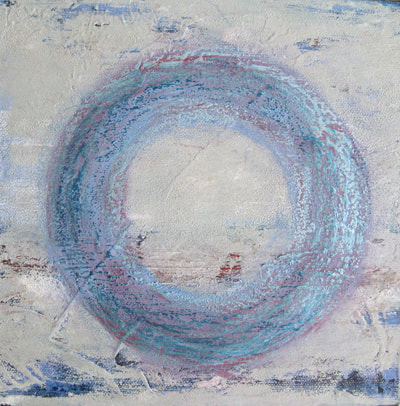
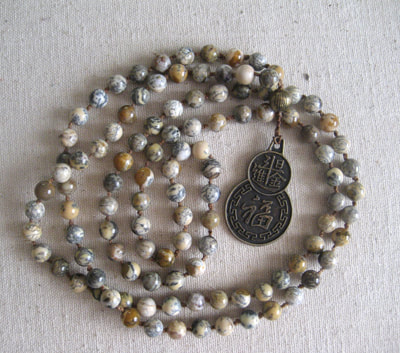
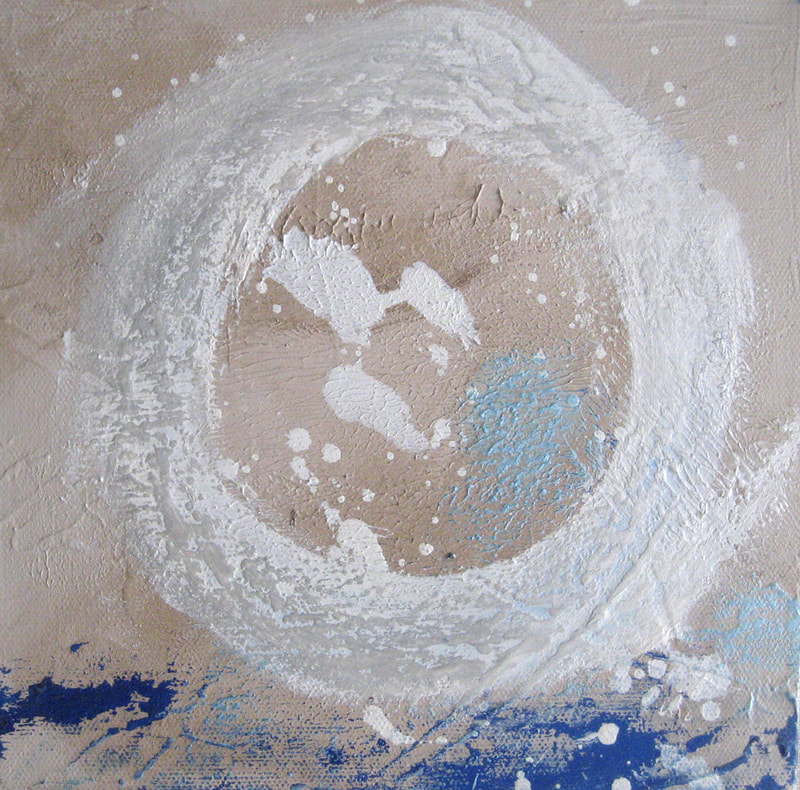
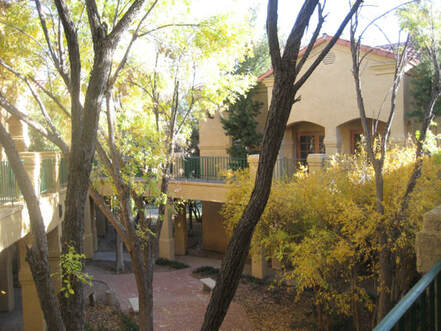
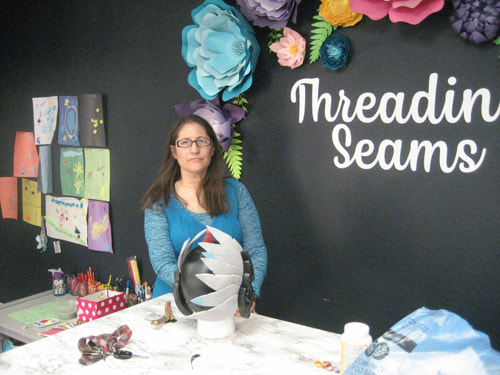
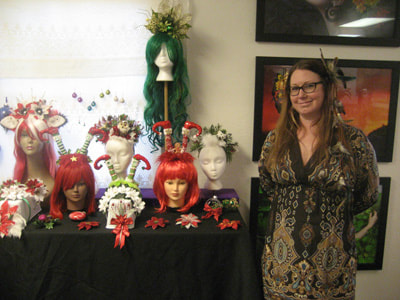
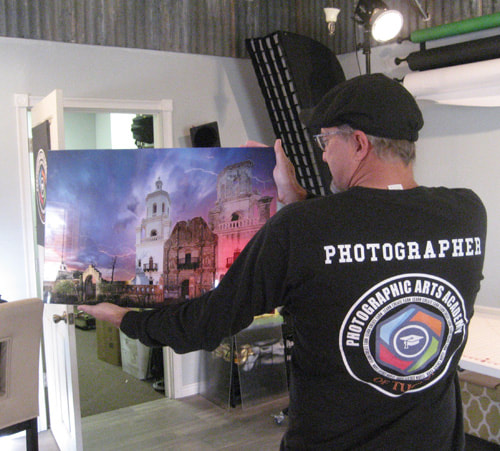
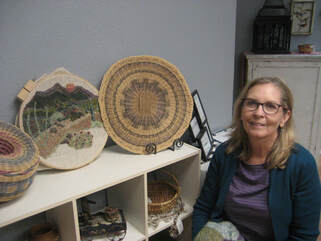
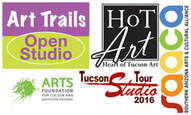
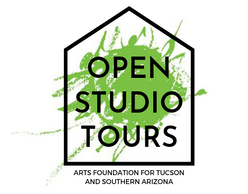
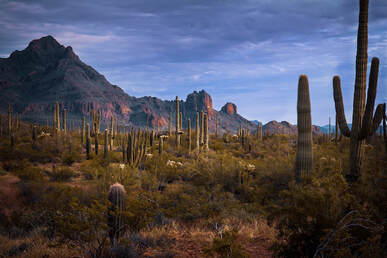
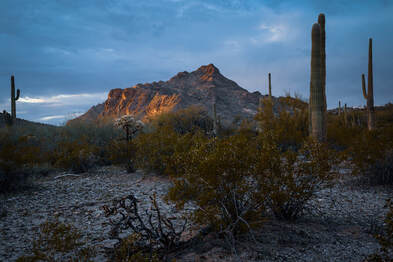
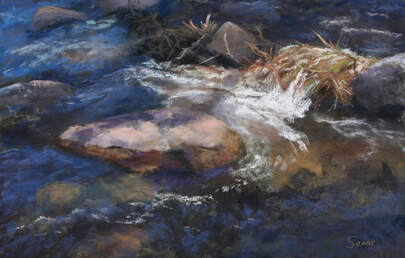
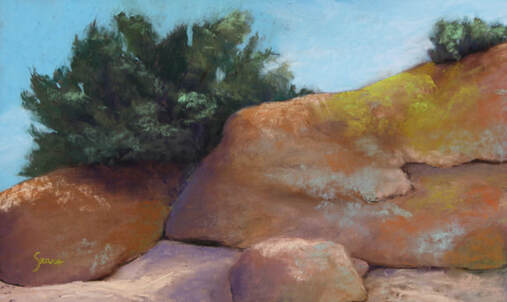
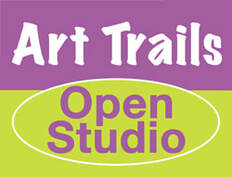
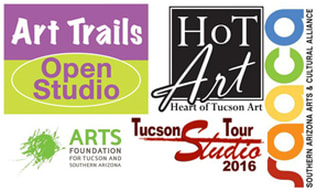
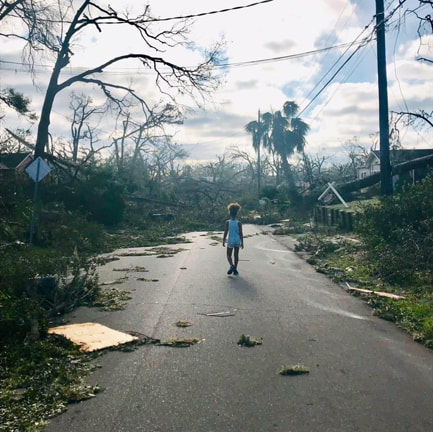
 RSS Feed
RSS Feed